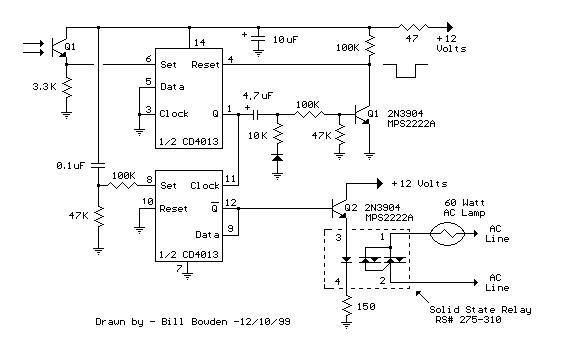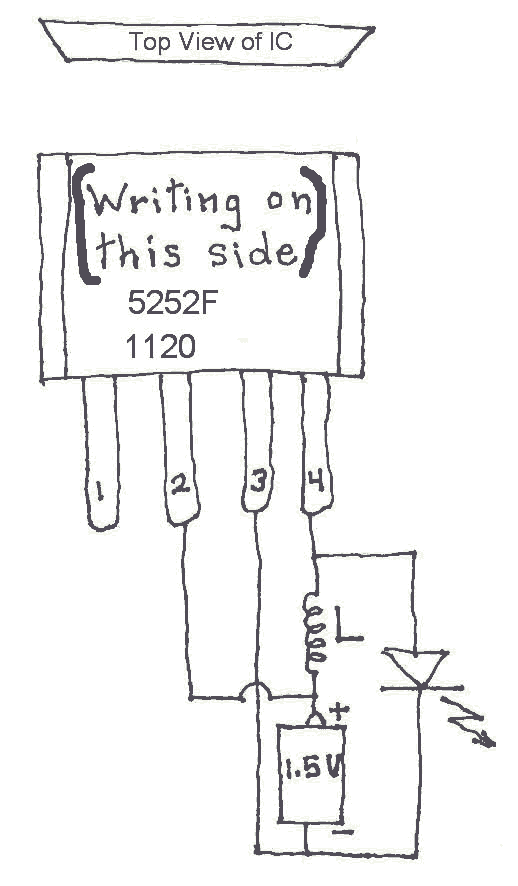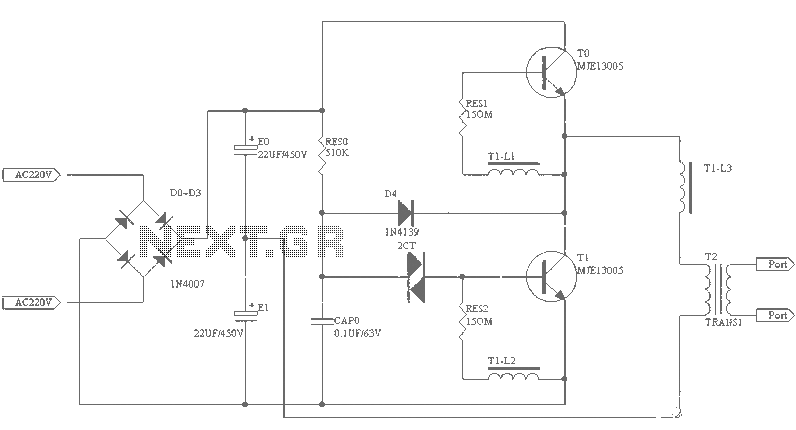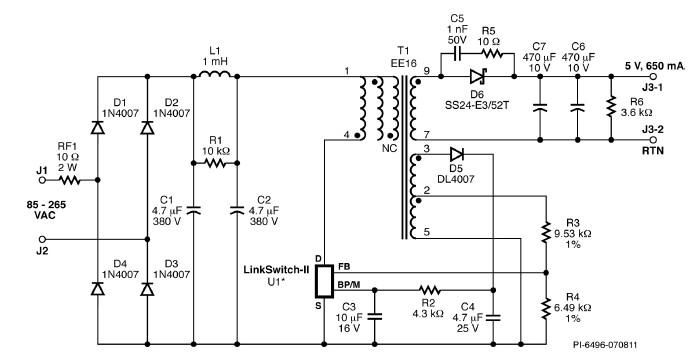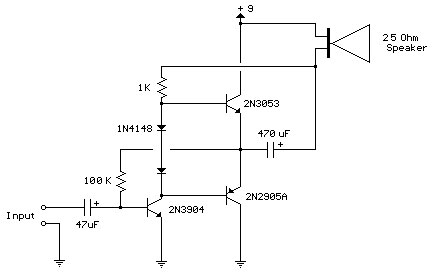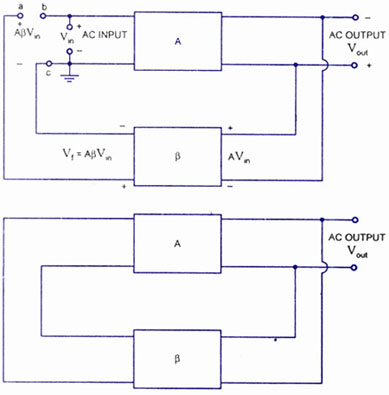
VHF Pre-Amplifier Circuits Diagram Using The BFS17 Transistor
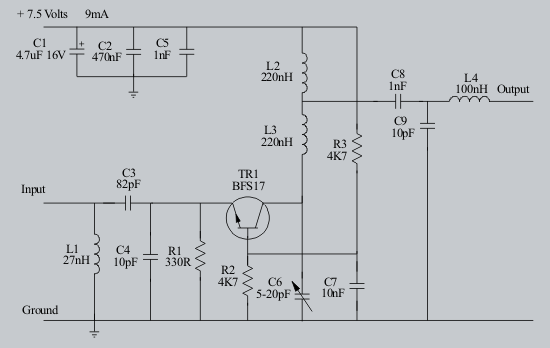
The following circuit illustrates a VHF pre-amplifier circuit diagram. This circuit utilizes the BFS17 transistor. Features: designed for VHF applications.
The VHF pre-amplifier circuit is essential for enhancing weak radio frequency signals in the VHF (Very High Frequency) range, typically between 30 MHz and 300 MHz. The BFS17 transistor, a high-frequency NPN transistor, is well-suited for this application due to its low noise figure and high gain characteristics.
In the schematic, the BFS17 is configured in a common-emitter arrangement, which provides significant voltage gain. The input signal is coupled to the base of the transistor through a coupling capacitor, which blocks any DC component while allowing the AC VHF signal to pass through. A biasing network, typically composed of resistors, is employed to set the operating point of the transistor, ensuring it remains in the active region for optimal amplification.
The collector of the BFS17 is connected to a power supply, usually in the range of 5 to 12 volts, allowing it to function efficiently. The output signal is taken from the collector through another coupling capacitor, which again blocks the DC component, allowing only the amplified AC signal to proceed to the next stage of the circuit or to an antenna.
Additional components may include bypass capacitors to stabilize the power supply and improve frequency response, as well as inductors for tuning purposes, which can help to optimize the circuit's performance at specific frequencies. Overall, this VHF pre-amplifier circuit is a critical component in radio receivers, ensuring clear and strong signal reception by amplifying weak incoming signals before they are processed by subsequent stages.The following circuit shows about VHF Pre-Amplifier Circuits Diagram. This circuit using the BFS17 Transistor. Features: used as a VHF .. 🔗 External reference
The VHF pre-amplifier circuit is essential for enhancing weak radio frequency signals in the VHF (Very High Frequency) range, typically between 30 MHz and 300 MHz. The BFS17 transistor, a high-frequency NPN transistor, is well-suited for this application due to its low noise figure and high gain characteristics.
In the schematic, the BFS17 is configured in a common-emitter arrangement, which provides significant voltage gain. The input signal is coupled to the base of the transistor through a coupling capacitor, which blocks any DC component while allowing the AC VHF signal to pass through. A biasing network, typically composed of resistors, is employed to set the operating point of the transistor, ensuring it remains in the active region for optimal amplification.
The collector of the BFS17 is connected to a power supply, usually in the range of 5 to 12 volts, allowing it to function efficiently. The output signal is taken from the collector through another coupling capacitor, which again blocks the DC component, allowing only the amplified AC signal to proceed to the next stage of the circuit or to an antenna.
Additional components may include bypass capacitors to stabilize the power supply and improve frequency response, as well as inductors for tuning purposes, which can help to optimize the circuit's performance at specific frequencies. Overall, this VHF pre-amplifier circuit is a critical component in radio receivers, ensuring clear and strong signal reception by amplifying weak incoming signals before they are processed by subsequent stages.The following circuit shows about VHF Pre-Amplifier Circuits Diagram. This circuit using the BFS17 Transistor. Features: used as a VHF .. 🔗 External reference
